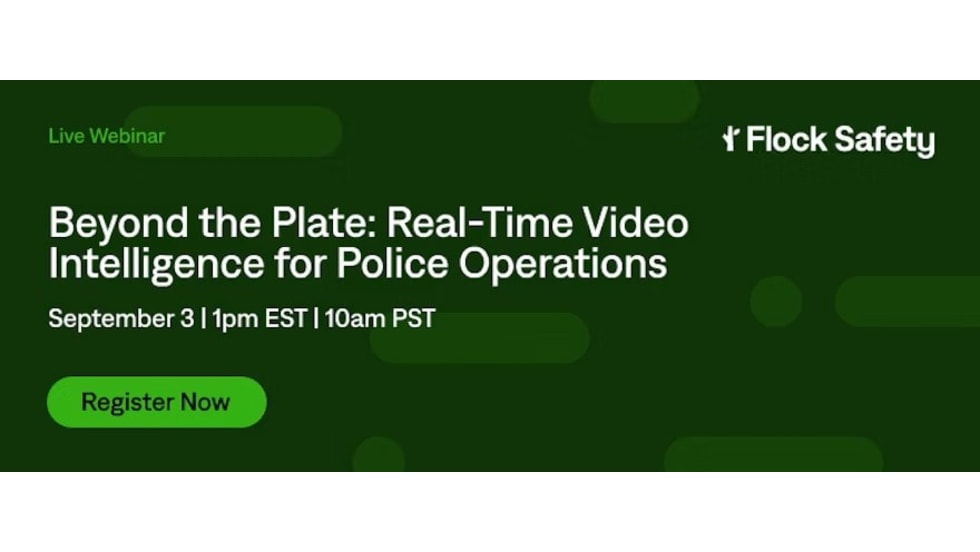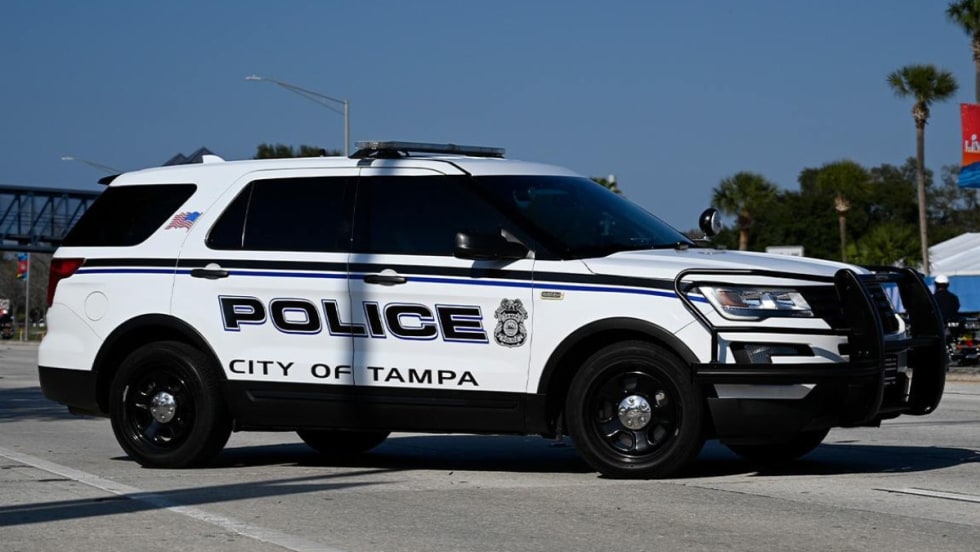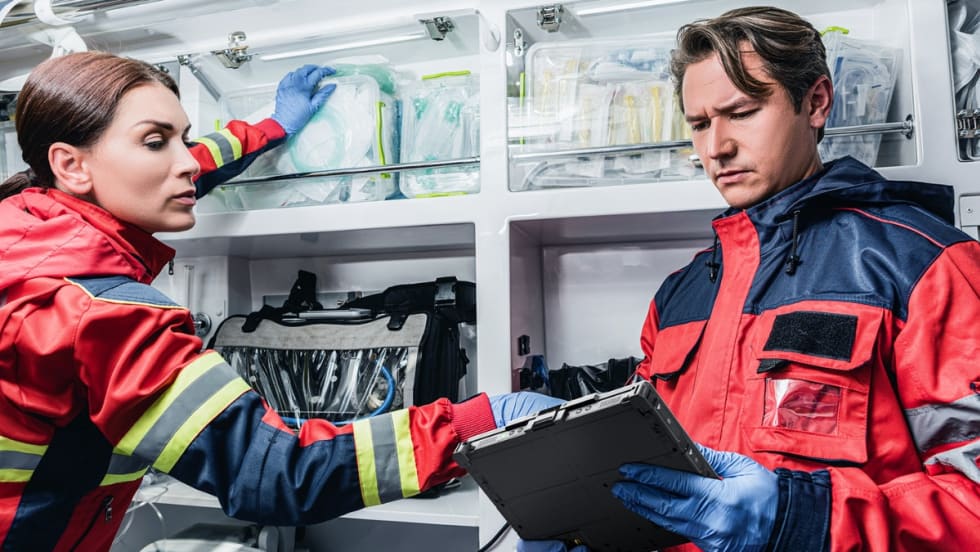The military has been using night vision devices for decades. However, because of the prohibitive price of the equipment, law enforcement has little access to the technology. But the price of night vision optics is coming down, and good night vision equipment is now within reach of most law enforcement agencies. Some models are so affordable that individual officers may even want to buy their own.
Night vision devices came into prominence during the Vietnam War. “Starlight” scopes, as they were then called, were used by infantry for patrol work, defensive perimeter security, and in some cases, sniper and counter-sniper duties.
The Vietnam-era scopes were bulky, power hungry, and extremely costly. Today, most night vision scopes are small, light, operate for many hours on AA alkaline batteries, and cost between $250 and $7,000.
At that price, how many commercial break-ins would it take to make up the cost of even the more expensive units on the market? Probably just one.
The heart of a night vision device is the intensifier tube. This is what amplifies the visible and non-visible light so that we can see it. The intensifier tube takes a small amount of light, such as moonlight or starlight from the surrounding area and converts the light energy, or photons, into electrical energy, or electrons. These electrons pass through a thin disk that’s about the size of a quarter and contains over 10 million channels. As the electrons travel through and strike the walls of the channels, thousands more electrons are released. The multiplied electrons then bounce off of a phosphor screen, which converts them back into photons and lets you see an impressive nighttime view even when it’s really dark.












